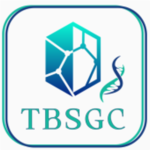Innovations in Genome Engineering
ORBITing into the Future
TBSGC has achieved significant milestones in genome engineering such as the ORBIT method and optimization of recombineering techniques, enhancing core capabilities and enabling swift and selective genome modifications in Mtb, reflecting a commitment to advancing TB research and fostering transformative breakthroughs.










